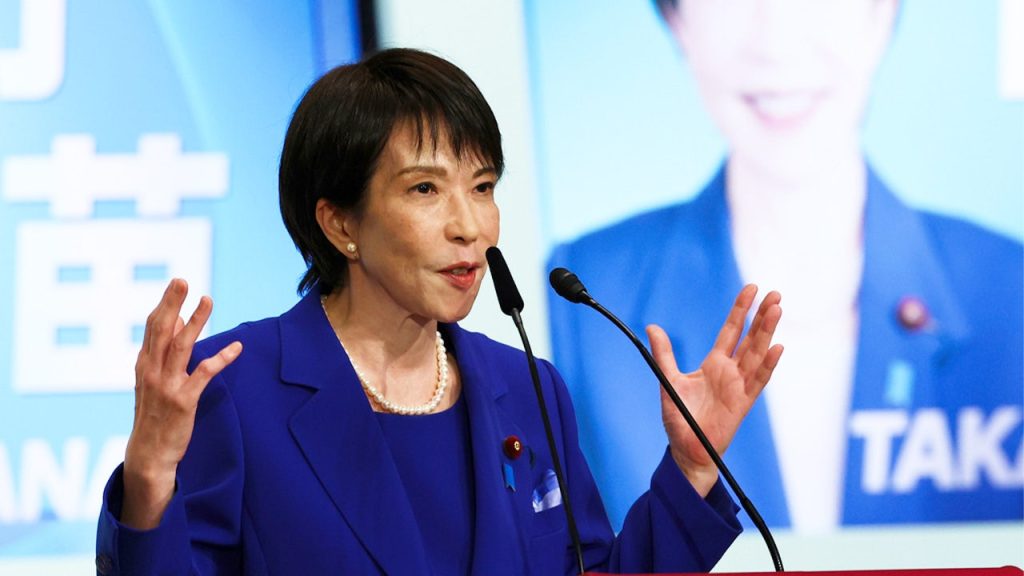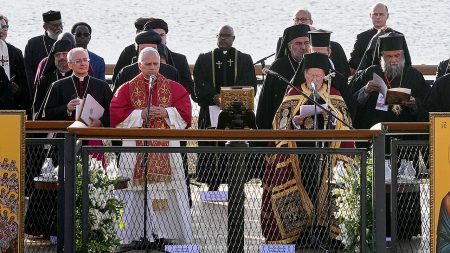Japan’s First Female Prime Minister: Sanae Takaichi Makes History
In a landmark development for Japanese politics, Sanae Takaichi is set to become Japan’s first female prime minister after winning the leadership contest of the ruling Liberal Democratic Party (LDP). The former economic security minister defeated Agriculture Minister Shinjiro Koizumi—son of popular former Prime Minister Junichiro Koizumi—in a runoff vote on Saturday. This historic election marks a significant milestone in a country where women have long struggled to reach the highest levels of political leadership. Takaichi, who cites former British Prime Minister Margaret Thatcher as her hero, brings a strong conservative perspective to the role at a time when Japan faces numerous domestic and international challenges. Her victory comes as the LDP seeks to rebuild public support following major electoral setbacks that have left the party in the minority in both houses of parliament for the first time in decades.
The leadership contest unfolded dramatically, with Takaichi securing 183 votes in the first round while Koizumi gathered 164. Since neither candidate achieved a majority, the decision came down to an immediate two-way runoff, which Takaichi ultimately won. Despite the LDP’s recent electoral struggles, it remains Japan’s largest political party by a significant margin, meaning its leader traditionally becomes prime minister. Takaichi will replace outgoing Prime Minister Shigeru Ishiba as the party attempts to navigate through a period of political uncertainty. This transition occurs at a critical juncture for Japanese politics, with the LDP finding itself in the unusual position of needing to form alliances with opposition parties to implement its agenda—a stark change for a party accustomed to dominating Japanese politics with minimal compromise.
As a hard-line conservative, Takaichi has advocated for strengthening Japan’s military capabilities and adopting a more assertive stance toward regional challenges, particularly those posed by China and North Korea. Her foreign policy perspectives align with the LDP’s traditional security-focused approach, but her leadership will bring a fresh dimension to Japan’s international relations. On domestic issues, she has maintained conservative positions, opposing same-sex marriage and maintaining connections with nationalist groups. These stances reflect her political identity within the LDP’s conservative wing, though as prime minister, she will need to balance ideological positions with pragmatic governance. A parliamentary vote to officially confirm her as prime minister is expected in mid-October, when she will formally take the reins of government.
Takaichi’s ascension comes at a complex moment in Japan’s relationship with the United States. She potentially faces an early diplomatic test with a reported summit with President Donald Trump planned for late October. The meeting would coincide with Trump’s visit to South Korea for the Asia-Pacific Economic Cooperation summit beginning October 31. Defense spending will likely feature prominently on the agenda, as Trump has consistently pressured allies to increase their military expenditures. For Takaichi, who supports a stronger Japanese defense posture, this discussion may align with her own policy preferences, though navigating the relationship with the United States while protecting Japanese interests will require diplomatic skill. The summit would represent her first major international appearance as prime minister and establish the tone for Japan’s foreign policy under her leadership.
The domestic political landscape presents perhaps an even greater challenge for the incoming prime minister. For the first time in its modern history, the LDP finds itself needing substantial cooperation from opposition parties to govern effectively. While the party has traditionally relied on its coalition with the moderate Komeito party, this alliance alone is now insufficient to secure parliamentary majorities. Takaichi and the LDP leadership will need to expand their coalition by bringing in at least one major opposition party—a task requiring political flexibility and negotiation skills. This new reality represents a fundamental shift for a party that has governed Japan almost continuously since 1955 and has rarely needed to make significant compromises with political rivals. How Takaichi manages these coalition dynamics will largely determine her effectiveness as prime minister.
Takaichi’s rise to Japan’s highest political office carries profound symbolic importance in a society where women remain significantly underrepresented in leadership positions across government and business. As Japan’s first female prime minister, she breaks a centuries-old glass ceiling and potentially opens doors for greater female participation in Japanese politics. However, the true measure of her leadership will be found in how she addresses Japan’s pressing challenges: economic stagnation, demographic decline, regional security threats, and the need for political reform. Her conservative credentials may appeal to the LDP’s traditional base, but governing effectively will require building broader coalitions both domestically and internationally. As Japan prepares for this historic transition, both supporters and critics will be watching closely to see how Takaichi shapes her role as the nation’s first woman to lead from the prime minister’s office.















